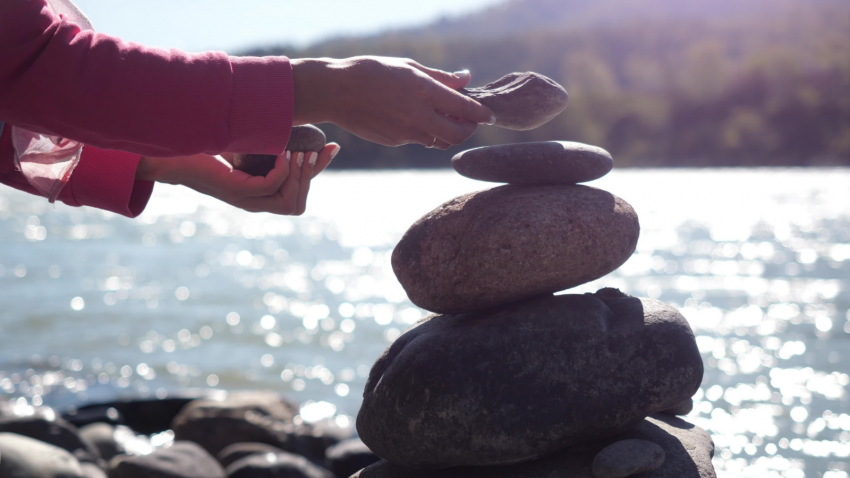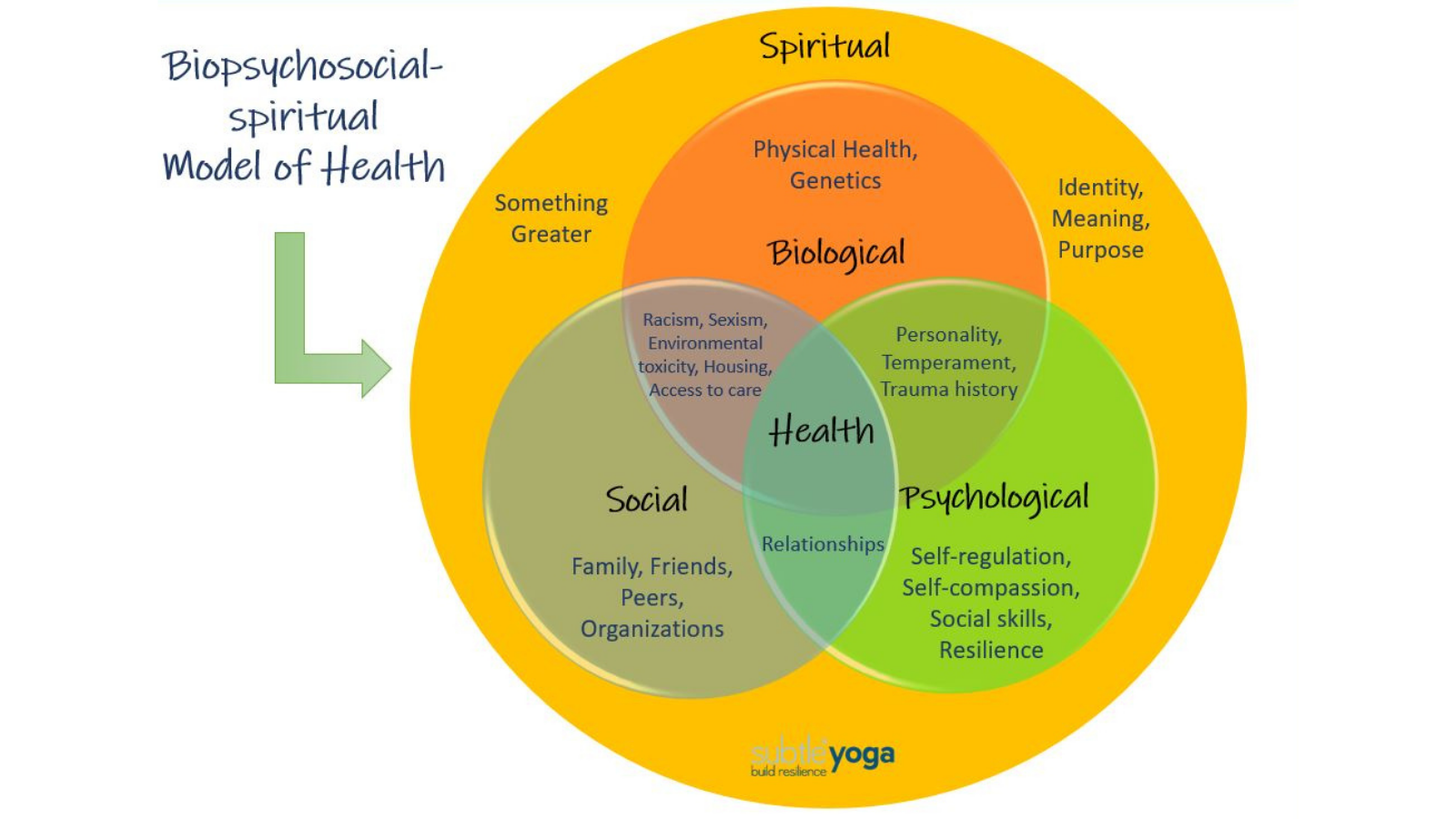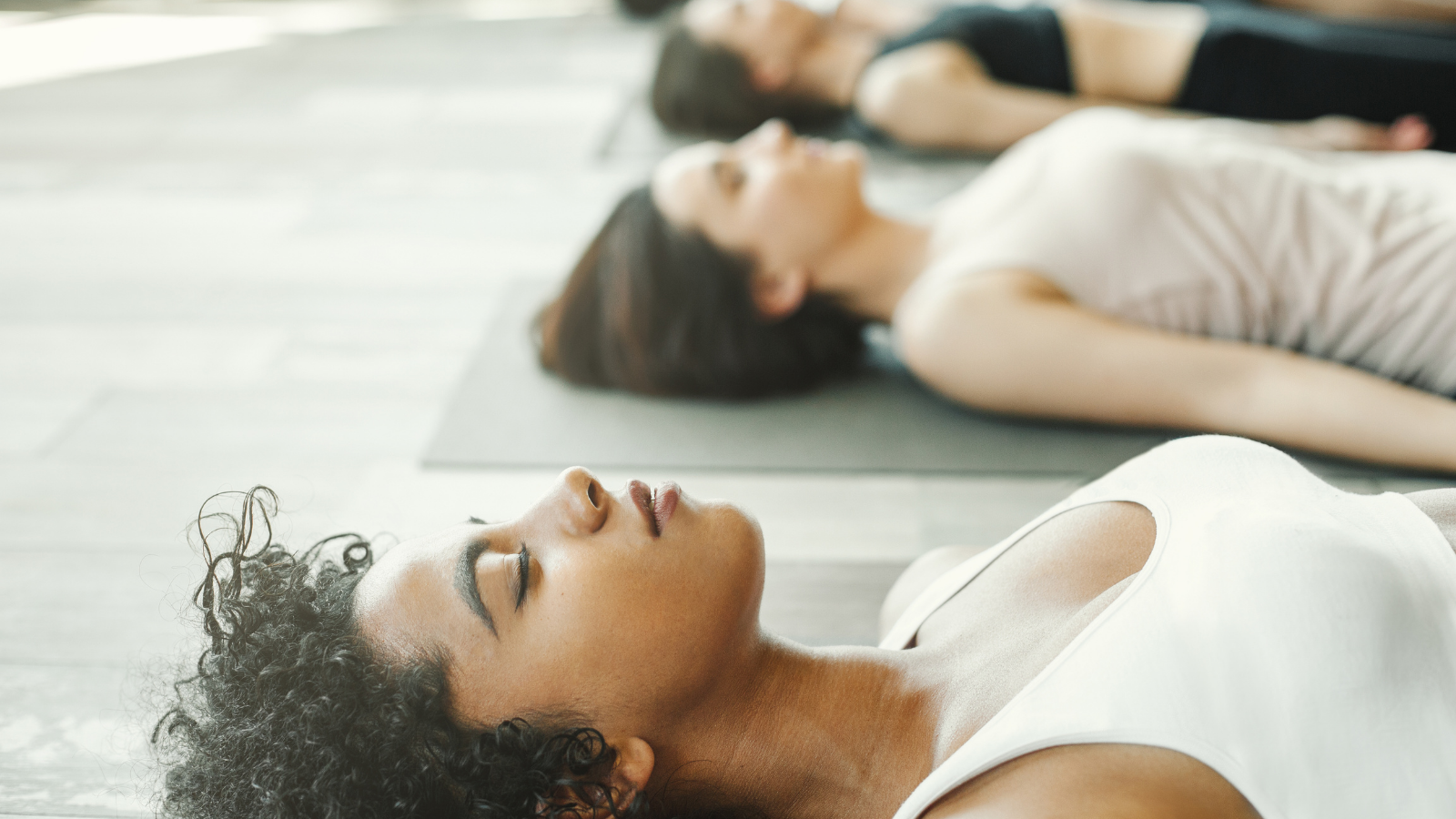View basket (0 items $0.00)
Error message
- Notice: unserialize(): Error at offset 5 of 154 bytes in variable_initialize() (line 1202 of /home/dh_6hcdc2/yogau.online/docroot/includes/bootstrap.inc).
- The file could not be created.
- The file could not be created.

Yoga and the Pathological Need for Speed
I think it was sometime in the mid-2000s when I started to have this sinking feeling that life was increasingly speeding up out of my control. I could blame it on being busy with work or having a baby. I could blame it on my need to feel like I was accomplishing things or on having too many social obligations. But the reality is that it wasn’t really my fault. Rather, a larger cultural pathology was getting under my skin.
The yogis suggest that whatever exists within the macrocosm also exists within us, individually. But it wasn’t until the 1970s that Western medicine had a good explanation to parallel this wisdom: the biopsychosocial-spiritual model.

Our lives and our health are all deeply interconnected, and where culture goes, individuals are dragged along with it for the ride—like it or not. When the culture began getting digitally hopped up on dopamine, it began to affect everyone, and we’ve all been forced to navigate our way through this new landscape.
I’ve longed for an earlier time when I’d get real letters in the mail when an old friend would call out of the blue instead of texting, and when celebrity gossip was reserved for a furtive peek in the checkout line, not constantly shoved in my face.
Yoga helped me understand that I had to make a consistent, concerted effort to fight against the cultural tide and slow down. Otherwise, life was going to pass me by at warp speed. I feared I’d wake up one day and find myself looking into that good night with no clue how I’d gotten there so quickly and having way too much information about Kim and Kanye rolling around in my brain.
Western Yoga—a Microcosm of Western Culture
I can’t say that I’ve been present for every moment of my life, but without my practice, I would really be lost in a data vortex (littered with empty wine bottles). The culture hasn’t done a very good job at solving the digital overload problem. Frankly, the powers that be reject and discourage a reflection upon our relentless cultural pursuit of speed because, well, slowness isn’t terribly profitable, is it?
The yoga world isn’t immune to this cultural pathology. I started teaching in 1995, and by the early 2000s, the vibe was that if you weren’t teaching the fast sweaty stuff (along with cool playlists and novel choreography), you’d be slapped with a “beginner” or “gentle” teacher label. Definitely second class. No good time slots, not much interest or respect, not many students.
Yes, some have resisted the tide, and thankfully, our numbers are growing., but the gnawing demand for speed and intensity in the yoga world still dominates, regardless of the lip service.
The other day I received this email:
“After 30 years of yoga practice, I finally did a 200-hour training two years ago. Sadly, it left me disillusioned about the current state of yoga due to the competitive, bullying culture, where flexibility was praised and inflexibility chastised. I couldn’t believe it! This was not “my” yoga. This wasn’t the noncompetitive place of calm that had helped me as a young dancer with an eating disorder. When I began subbing for established teacher’s classes, my disillusionment deepened. I pressured myself to be more flexible and stronger so I could be good enough. But I never could. Now, I only teach chair yoga.”
Yup. Been there.

What Is “Real” Yoga Anyway?
Back in the early 2000s, before I realized there was a massive need for something different and put my stake in the ground, calling what I do and teach “Subtle Yoga,” I would go to conferences or attend rock star yoga teacher workshops trying to figure out where I fit in. Often, I was the least flexible person in the packed house, which made me feel like a total loser. A studio owner told me that I needed to “work on my weight.” A conference organizer told me that my style was “not hip enough” for her roster. Another studio owner let me go saying that what I teach is “too different (read: slow and boring) from ‘regular’ yoga.”
Once, a student I hadn’t seen for a while dropped in before class to tell me that he didn’t come anymore because he had graduated to “real yoga.” (He thanked me for getting him started. Nice.)
The need for speed and intensity in the yoga world simply mirrors the values of the larger culture. And the culture is deeply, profoundly, and pathologically addicted to adrenaline and dopamine. So, of course, slow yoga comes across as weird or, at best, a complete waste of time.
Coming Back to Yoga Practice

When I step back and look at what is happening in the larger world—life passing by in a blur, sucked up by social media, celebrity nonsense, and mindless fads—I realize that if I want to stay sane and be healthy, I have to regularly and consistently step out of the raging river of meaninglessness. That’s exactly what my practice does for me. There’s nothing tangible or even particularly human in most of the junk that clamors for my precious time and attention.
Frankly, the relentless pursuit of speed is an affront to my soul.
COVID has given us a year of sorrow, anxiety, pain, and grief. The silver lining is that it’s also slowed things down and provided an opportunity to reassess what really matters. Yes, it’s great that the pandemic is finally getting under control, but it may be wise to question what going “back to normal on July 4″ actually means.
Yoga, Slowing Down, and the Power of Choice
I’ve made a commitment to myself to regularly stop and reflect. Without that commitment, I get mired in a fantasy that somewhere, at the end of this ridiculously arduous race for more, I’ll find happiness.
Exactly the opposite is true.
If I value my short time here on this beautiful blue-green island in space, then there are choices I must make. There are things that I choose not to do. There are places I choose not to go. There are media that I choose not to watch or to listen to. There are people that I choose not to spend time with. I can hop on the speed train and ride it mindlessly to the grave, or I can live my life with the awareness that what I do with my time matters profoundly.
This is the message I wish to convey to anyone who studies yoga with me: your time here on this planet is short and precious. I hope that yoga will help you fall in love with your life—and savor it.
Study with Kristine Kaoverii Weber and YogaUOnline - Reenergize and Revitalize-Yoga for Detoxification.
Also from Kristine Kaoverii Weber - 6 Yogic Tips to Help Boost Immunity.
Reprinted with permission from Subtle Yoga/Kristine Kaoverii.

 Committed to the widespread adoption of yoga as a population health strategy, Kristine Kaoverii Weber, MA, C-IAYT, eRYT500, YACEP has been studying yoga and holistic healing for nearly 30 years advocating, speaking, and teaching about yoga since 1995, and training educators since 2003. Her organization, Subtle®Health, LLC, provides holistic, mind-body training, education, and clinical services with the mission of enhancing community health infrastructure. She is the director of the Subtle® Yoga Teacher Training for Behavioral Health Professionals program at MAHEC in Asheville, NC, presents workshops and trainings internationally, and is frequently invited to speak about yoga at health care conferences. After completing her BA and MA at Georgetown University, Kristine trained extensively in many styles of yoga, including Viniyoga, as well as in Asian bodywork therapy and homeopathy.
Committed to the widespread adoption of yoga as a population health strategy, Kristine Kaoverii Weber, MA, C-IAYT, eRYT500, YACEP has been studying yoga and holistic healing for nearly 30 years advocating, speaking, and teaching about yoga since 1995, and training educators since 2003. Her organization, Subtle®Health, LLC, provides holistic, mind-body training, education, and clinical services with the mission of enhancing community health infrastructure. She is the director of the Subtle® Yoga Teacher Training for Behavioral Health Professionals program at MAHEC in Asheville, NC, presents workshops and trainings internationally, and is frequently invited to speak about yoga at health care conferences. After completing her BA and MA at Georgetown University, Kristine trained extensively in many styles of yoga, including Viniyoga, as well as in Asian bodywork therapy and homeopathy.
She is the author of The Complete Self Massage Workbook and has published articles in the International Association of Yoga Therapist's journal, Yoga Therapy in Practice, and other wellness publications. Her work has been featured in Redbook, BodySense, Women's World, Natural Health, and Lifetime TV.
Featured Courses









